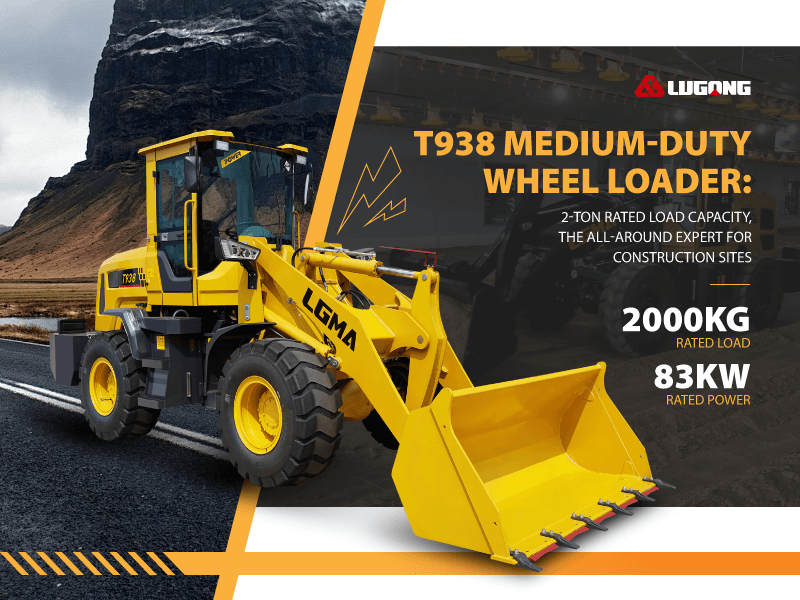The 7 Safety Measures to Follow When Operating a Backhoe Loader
Operating a Backhoe Loader Introduction:
Operating a backhoe loader requires proper knowledge and adherence to safety measures. In this article, we will discuss seven essential safety measures that should be followed when operating a backhoe loader. By following these measures, operators can ensure their safety as well as the safety of those around them.

1. Proper Training and Certification:
Before operating a backhoe loader, it is crucial to receive proper training and certification. Operators should undergo training programs that cover the safe operation of the equipment, including its controls, maintenance, and emergency procedures. Certification ensures that operators have the necessary skills and knowledge to operate the backhoe loader safely.
2. Pre-Operational Inspection:
Performing a pre-operational inspection is essential to identify any potential issues with the backhoe loader. Operators should inspect the machine for any leaks, loose parts, or damaged components. They should also check the tires, brakes, lights, and other safety features to ensure they are in proper working condition. Any defects or malfunctions should be reported and repaired before operating the equipment.
3. Wearing Personal Protective Equipment (PPE):
Operators must wear appropriate personal protective equipment (PPE) while operating a backhoe loader. This includes a hard hat, safety glasses, high-visibility clothing, gloves, and steel-toed boots. PPE protects operators from potential hazards such as falling objects, flying debris, and accidental contact with the equipment.
4. Operate on Stable Ground:
Operating a backhoe loader on stable ground is vital for stability and safety. Avoid working on slopes or uneven surfaces that may cause the machine to tip over. If working on soft or muddy terrain, use proper stabilization techniques such as placing wooden boards under the machine’s tires. Always ensure that the backhoe loader is on a level surface before engaging in any digging or lifting operations.
5. Use Proper Lifting Techniques:
When lifting loads with a backhoe loader, it is important to follow proper lifting techniques. Make sure the load is within the machine’s capacity and secure it properly using the appropriate attachments, such as buckets or forks. Lift the load smoothly and avoid sudden movements or jerks that may cause the load to swing or fall. Always be aware of the machine’s stability and keep it balanced during lifting operations.
6. Safe Operating Practices:
Following safe operating practices is crucial to prevent accidents when operating a backhoe loader. Operators should always maintain a safe distance from trenches, edges, and other potential hazards. They should also avoid sudden movements, especially when lifting or swinging the equipment. Operators must be aware of their surroundings and constantly scan for obstacles or workers in their vicinity.
7. Regular Equipment Maintenance:
Regular maintenance of the backhoe loader is essential to keep it in optimal working condition. Operators should follow the manufacturer’s recommended maintenance schedule and perform routine inspections and servicing. This includes checking fluid levels, lubricating moving parts, inspecting hydraulic systems, and replacing worn-out components. Regular maintenance ensures the equipment’s reliability and prevents unexpected breakdowns during operation.
Operating a Backhoe Loader Conclusion:
Operating a backhoe loader safely requires proper training, adherence to safety measures, and regular maintenance. By following the seven safety measures discussed in this article, operators can minimize the risk of accidents and ensure a safe working environment. Remember, safety should always be the top priority when operating heavy equipment like a backhoe loader.


